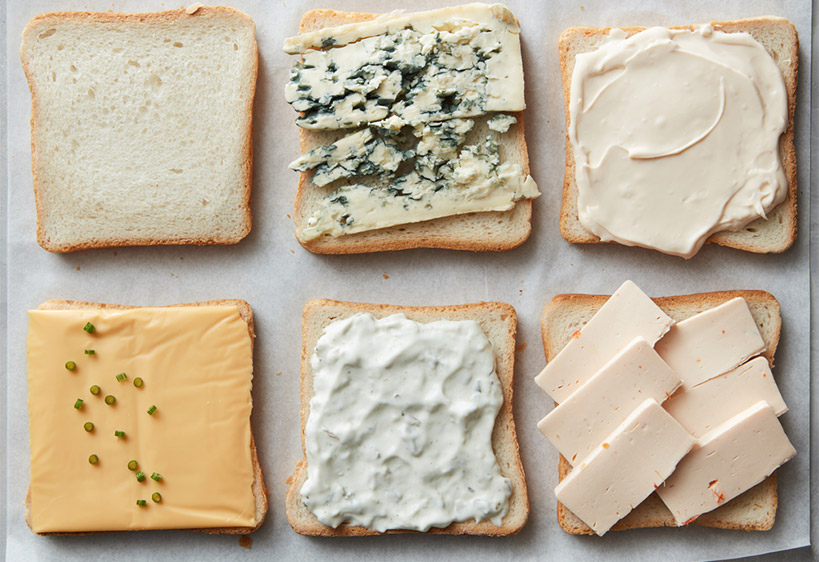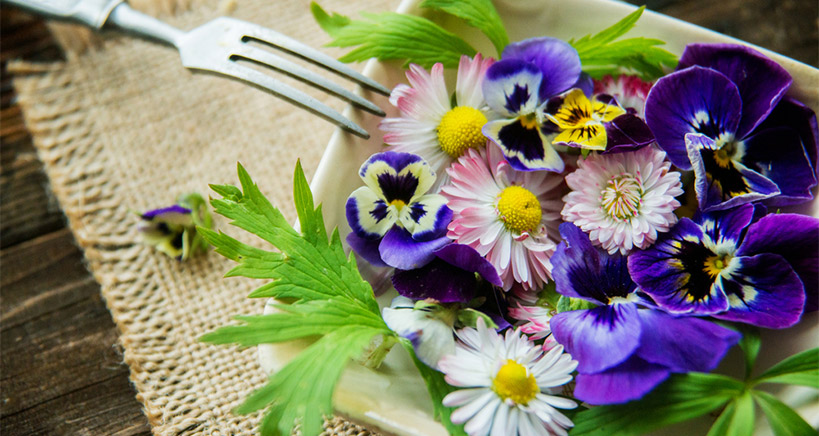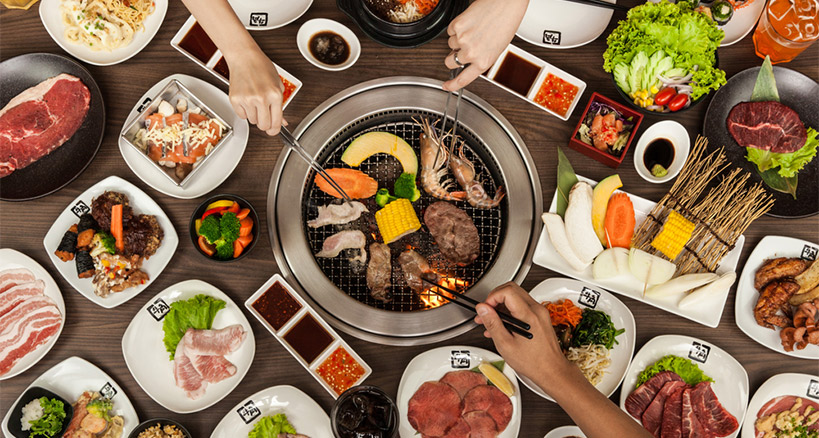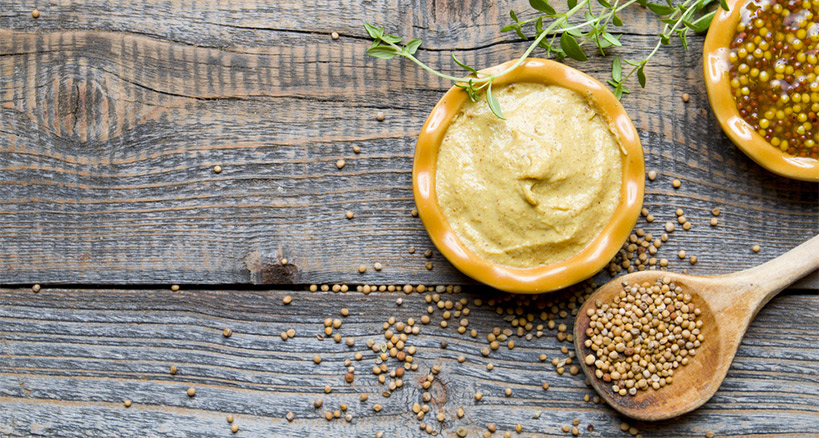
Soft Cheeses
Although when you think of cheese, you may think immediately of hard, yellow cheeses with their many uses and great varieties, don’t overlook soft cheeses when you’re looking to infuse your next catered event with a tray-ful of flavor. The difference between the many soft cheeses on the market can be subtle, but to the experienced palate they are distinct and significant. Some versions of soft cheese work better in certain settings and for many people they are an acquired taste. In any case, learn about soft cheeses here so you can use them at the next possible opportunity.
Continue reading Soft Cheeses Come in a Variety of Types and Can be Used in a Range of Ways


